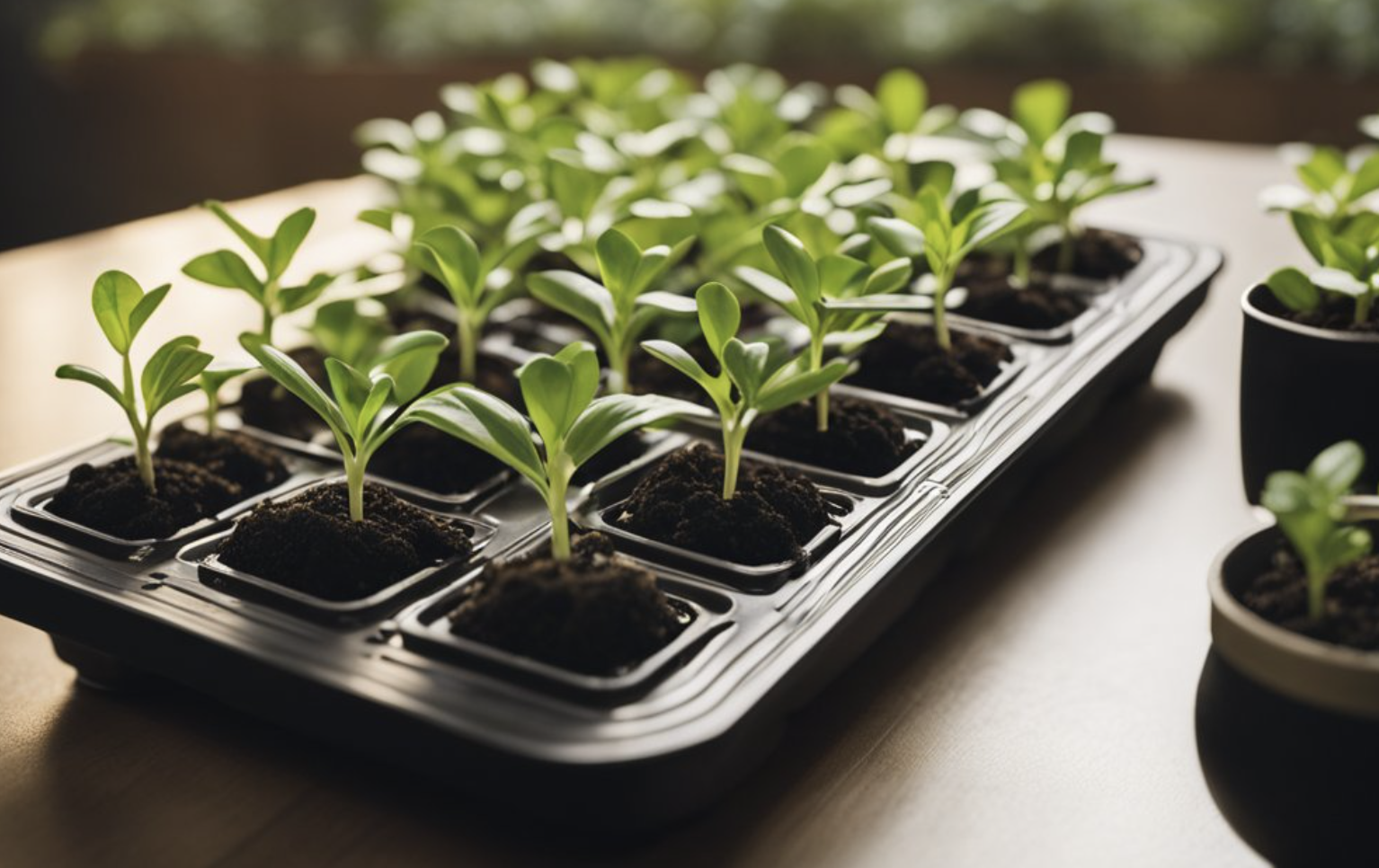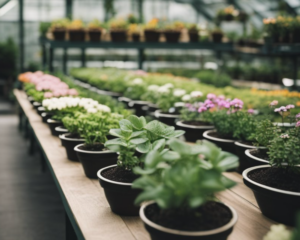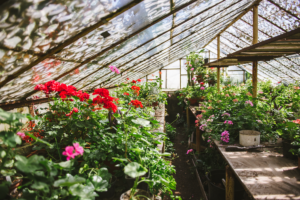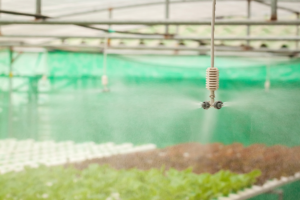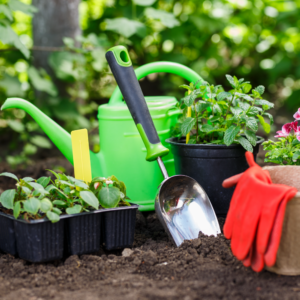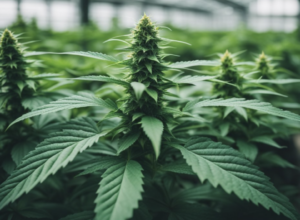Are heat mats good for plants? This is a question that many gardeners and plant enthusiasts have been asking themselves lately. Heat mats are a popular tool used by many growers to help with germination and the growth of seedlings. But are they really necessary? And do they actually benefit the plants in the long run?
Heat mats are essentially electric mats that provide a consistent source of heat to the soil or growing medium. This helps to create an optimal environment for seed germination and encourages healthy root growth. However, some argue that heat mats can be a bit of a crutch and that plants should be able to grow and thrive without them. So, what’s the truth? Are heat mats a helpful tool or just an unnecessary expense? Let’s explore the pros and cons of using heat mats for plants.
Benefits of Heat Mats for Plant Growth
As avid gardeners, we know that providing the ideal conditions for our plants to thrive is crucial for optimal growth. One tool that can help us achieve this is a heat mat. Here are some of the benefits of using heat mats for plant growth:
- Faster Germination: Heat mats provide consistent bottom heat, which can significantly accelerate the germination process for many types of seeds. The warmth encourages the seeds to break dormancy and sprout more quickly, resulting in faster and more uniform germination rates.
- Improved Root Development: Warm soil temperatures not only stimulate seed germination but also promote healthy root growth. Roots tend to grow more vigorously in warm soil, enabling plants to establish themselves more effectively and absorb nutrients and water more efficiently.
- Extended Growing Season: By using heat mats, gardeners can start their seeds indoors earlier in the spring and extend the growing season into the cooler months of autumn. This allows for a longer harvesting period and increased crop yields.
- Ideal for Tropical and Heat-Loving Plants: Some plants, such as tomatoes, peppers, and tropical houseplants, thrive in warmer soil conditions. Heat mats provide the perfect environment for these heat-loving plants, ensuring optimal growth and fruit production.
- Better Seed Viability: Certain types of seeds, particularly those from warm-climate plants, may not germinate well in cooler soil temperatures. Heat mats can help overcome this challenge by providing the necessary warmth for successful germination and improved seed viability.
- Energy Efficiency: Heat mats are designed to be energy-efficient, using minimal electricity while providing targeted warmth to the soil or seed-starting trays. This can save on heating costs compared to warming an entire greenhouse or indoor growing space.
- Versatility: Heat mats come in various sizes and can be used for a wide range of applications, from starting seeds indoors to propagating cuttings, rooting divisions, or even providing supplemental heat for potted plants or outdoor raised beds.
Optimizing Soil Temperature
Soil temperature is a key factor in determining the success of plant growth. Heat mats provide a consistent source of warmth to the soil, which helps to create an optimal environment for seeds to germinate and roots to develop. By using a heat mat, we can ensure that our plants have the right temperature for growth, regardless of the weather outside.
Enhancing Germination Rates
When it comes to starting seeds, we all want to see the highest germination rates possible. Heat mats can help with this by providing a warm and consistent environment for the seeds to sprout. With the right temperature, seeds can germinate faster and more uniformly, leading to stronger and healthier plants.
Supporting Seedling Development
Once seeds have sprouted, seedlings need to be nurtured in order to develop into strong and healthy plants. Heat mats can help with this by providing a warm and stable environment that encourages root growth and overall plant development. With the right temperature, seedlings can grow faster and stronger, giving them a better chance of survival.
Overall, heat mats can be a valuable tool for any gardener looking to optimize plant growth. By providing a consistent source of warmth to the soil, heat mats can help to enhance germination rates, support seedling development, and create optimal conditions for plant growth.
Choosing the Right Heat Mat
When it comes to choosing the right heat mat for your plants, there are a few things to consider. Here are some key factors to keep in mind:
- Size: Heat mats come in various sizes, ranging from small mats for seed trays to large mats for propagation benches or grow tents. Measure the area you need to heat, and choose a mat size that will adequately cover the space.
- Wattage: Heat mats are available in different wattages, which determine the amount of heat they produce. Higher wattage mats generate more heat, making them suitable for cooler environments or germinating seeds that require higher temperatures. Lower wattage mats are better for maintaining warm soil temperatures for seedlings or mature plants.
- Waterproof or Water-Resistant: Look for heat mats that are waterproof or water-resistant. This feature is essential for preventing moisture damage, especially if you plan to use the mat in a humid environment or for bottom-watering plants.
- Temperature Control: Some heat mats come with built-in thermostats or temperature controllers, allowing you to set and maintain a consistent soil temperature. This feature can be particularly useful for germinating seeds or propagating plants that require precise temperature control.
- Safety Features: Look for heat mats with safety features, such as automatic shut-off mechanisms or overheat protection. These features help prevent the mat from overheating and potentially causing damage to your plants or posing a fire hazard.
- Durability: Consider the durability of the heat mat, especially if you plan to use it for extended periods or in a high-traffic area. Look for mats made with high-quality materials that can withstand wear and tear.
- Brand Reputation and Customer Reviews: Research different brands and read customer reviews to get an idea of the quality, performance, and reliability of the heat mats you’re considering.
Size and Type Variations
Heat mats come in different sizes and types, so it’s important to choose one that is appropriate for your plants. Consider the size of your growing area and the number of plants you have. A larger mat may be necessary for a larger growing space, while a smaller mat may work for a smaller area.
There are also different types of heat mats, including seedling mats, propagation mats, and general-purpose mats. Seedling mats are designed for starting seeds, while propagation mats are used for rooting cuttings. General-purpose mats can be used for a variety of plants and purposes.
Features for Success
To ensure success with your heat mat, consider investing in a thermostat and temperature control. This will allow you to regulate the temperature of your mat and ensure that your plants are not overheated. A waterproof mat may also be necessary, especially if you are using it in a humid environment or with water-loving plants.
It’s also important to choose a heat mat that is the right size for your growing area and that can accommodate the number of plants you have. A mat that is too small may not provide enough heat, while a mat that is too large may be wasteful and inefficient.
Overall, choosing the right heat mat is essential for the success of your plants. By considering the size and type variations, as well as investing in features like a thermostat and temperature control, you can ensure that your plants thrive in a warm and comfortable environment.
Using Heat Mats Effectively
When it comes to using heat mats for plants, there are a few things to keep in mind to ensure that they are being used effectively. In this section, we will cover how to set up your heat mat, as well as temperature and moisture management.
Setting Up Your Heat Mat
Before setting up your heat mat, it is important to make sure that it is the right size for your plants. A heat mat that is too small will not provide enough heat, while a heat mat that is too large can be a waste of electricity.
Once you have the right size heat mat, place it on a flat surface and plug it in. It is important to use a thermometer or humidity probe to monitor the temperature of the mat and the moisture of the soil.
Temperature and Moisture Management
When using a heat mat, it is important to keep the temperature within a certain range. Most plants require a temperature range between 65-75°F (18-24°C) for optimal growth. It is important to monitor the temperature regularly to ensure that it stays within this range.
In addition to temperature, moisture is also important. The heat from the mat can cause the soil to dry out quickly, so it is important to keep an eye on the moisture level. Water your plants regularly and consider using a humidity dome to help retain moisture.
Overall, using a heat mat can be a great way to promote healthy plant growth. However, it is important to set it up correctly and monitor the temperature and moisture levels to ensure that it is being used effectively.
Safety and Maintenance Tips
Preventing Overheating

Heat mats are great for plants, but they can be dangerous if not used properly. To prevent overheating, it is important to follow the manufacturer’s instructions carefully. It is also important to use a heat mat that is water-resistant to prevent any electrical hazards.
We recommend using a thermostat with your heat mat to regulate the temperature. This will ensure that your plants are not exposed to extreme heat which can cause damage. It is also important to monitor the temperature regularly to make sure it stays within the recommended range.
Cleaning and Storage
Proper cleaning and storage of your heat mat is important to ensure its longevity and safety. Before cleaning your heat mat, make sure it is unplugged and has cooled down completely.
To clean your heat mat, use a damp cloth with mild soap and water. Do not use any abrasive cleaners or chemicals as this can damage the heat mat. Once cleaned, let it dry completely before storing it.
When storing your heat mat, make sure it is stored in a dry and cool place. Avoid storing it in direct sunlight or near any heat sources. It is also important to store it flat to prevent any damage to the heating element.
By following these safety and maintenance tips, you can ensure that your heat mat lasts for years to come and your plants thrive in a safe and regulated environment.
Frequently Asked Questions
How long should plants be kept on a heat mat?
Plants should be kept on a heat mat until they have germinated and have developed their first set of true leaves. After that, they can be moved to a cooler location to prevent them from becoming too leggy.
Can using a heat mat make my plants leggy?
Yes, using a heat mat for too long can cause plants to become leggy. This is because the warm temperatures can cause the plants to grow too quickly and stretch out in search of light. To prevent this, it’s important to move plants to a cooler location as soon as they have germinated and developed their first set of true leaves.
Is it safe to use heat mats for seedlings?
Yes, it is safe to use heat mats for seedlings as long as they are used properly. Make sure to follow the manufacturer’s instructions and keep the heat mat away from any water sources. It’s also important to monitor the temperature regularly to ensure that it doesn’t get too hot and damage the plants.
What’s a good alternative to a plant heating pad?
If you don’t want to use a plant heating pad, there are a few alternatives that you can try. One option is to place your plants in a warm location, such as on top of a refrigerator or near a window that gets a lot of sun. Another option is to use a heat lamp or grow light to provide warmth to your plants.

